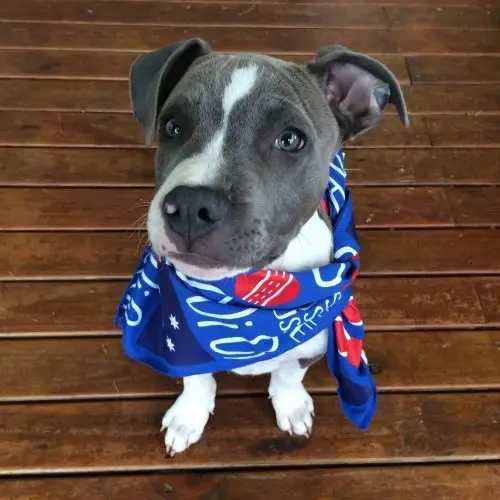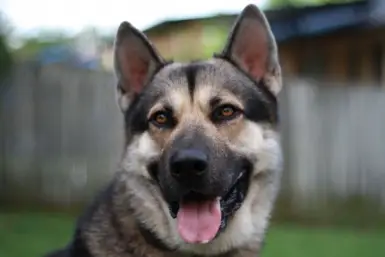
Browse Categories
- Dog Boot Camps
- Test
- Test
- Dogs Please Clicker Training
- Pet Insurance Comparison
- Exercising Pets With An E Scooter
- 10 Reasons Why Guinea Pigs Are Wholesome Little Pets
- Why You Should Use a Shed to House Your Pet
- How can Dog Owners Keep their Carpets Clean?
- How to Keep Your House in Order With Large Pets
- What is the Best Way to Feed a Puppy to Keep Them Healthy
- Pets Please
- All Animals and Pets
- Dogs and Puppies
- Cats and Kittens
- Birds
- Fish
- Reptiles
- All Other Small Pets
- Claws 'N' Paws Events
- PetsInLimbo/Greys4PetsInc.
News Search
PetsPlease News and Advice
Dogs Please Clinker Training WEEK 9
Week Nine
Teaching Recall

Welcome back!
How are you getting on? We have all the basics together now and I hope that you are really starting to communicate with your dog in a consistent and kind way.
Over this last few weeks we are going to concentrate on some of the more intricate behaviors and even some problems that may occur when you live with a dog. We will talk about the dog that struggles socially and how to help him to relax in public.
First of all though it is important that we talk about free running and recall. So that is what week nine is all about.
The Essential Free Run
Every dog needs a free run as part of their nature and if a dog doesn’t get to use up his, or her, energy then behaviour problems will occur. Even the very best behaved pet that is happy to settle in the home whether he has been for a run or not will suffer if he isn’t given the opportunity to stretch his muscles. A bored dog will become depressed, destructive or even aggressive.
I have heard many reasons for not giving a dog the free run that he needs yet the main one is that the dog owner is scared of their pet running away and never coming back. This is a scenario that is avoidable though and any dog can be taught to come when called with the right strategy.
Recall training can be broken down into easy steps and then recall games added to strengthen the behaviour. The exact same approach is taken when teaching recall as when teaching anything else to the dog. You always set the dog up to succeed, never allow room for failure and build his confidence high.
In addition with recall you need to make certain that your dog sees you as the most interesting and attractive prospect in the area. If you are red faced and shouting his name with frustration he is less likely to want to come back, isn’t he?
Whether your dog is ten weeks or ten years old puppy recall steps will work in the same way. For success it is vital not to move on from the present step unless it is absolutely 100% learned and established, remember we are aiming for success even if we have to manipulate it at first.
There are some things that it’s important to take into account when teaching recall. First of all your dog’s breed. Was he bred as a working dog and did his role include running, such as a snow dog like a husky, or do his genes contain a diluted need to chase wildlife like the spaniel ?
Know Your Breed
Take some time to look at your dog’s breed now. What is his genetic history? Then ask yourself whether this could hinder his recall training in any way.
For instance the Cavalier King Charles spaniel has a tendency to chase anything that moves, though he might not even know why. Whilst the beagle and other hounds run in packs, in their original role, and when running they become ‘cloth eared’ and deaf to the sound of a recall.
As we have domesticated dogs we have diluted some of their working genes, whilst accentuating others. Look at the history of your dog’s breed then ask yourself how typical your dog is. This knowledge and understanding will be greatly helpful to you for the rest of your lives together.
Stages of Training – Recall
Whether you have never allowed your dog off his leash or he runs away every time you do, these stages will help. It is much better to go too slowly though this than too quick because the idea is to avoid giving your dog the idea of running away.
1. Work out a motivator – involve your clicker and some tasty treats of course – but also carry a squeaky toy or something of equal fascination to your dog.
2. Walk with the dog on the leash and call him back regularly. As he is heading back towards you click, then take his collar and give him the treat.
3. Use a longer leash and follow the same process as above. It is vital to take the dog’s collar every time you give him the treat because this prevents the act of ‘grab and run’
4. Only when your dog is coming back every single time enlist the help of a friend. Your helper in going to hold your dog and you are going to show the dog a treat, take a few steps away and call the dog, your helper is then going to release him as you call. Click, take his collar and treat in exactly the same way.
5. Then, when the above steps are established you can lengthen the distance you go before the dog is released, you can start to run away and hide, and eventually you can start to allow the dog off leash and practice calling him back a few times each walk.
Recall Success Secrets
In addition to the above steps there are some common practices that good dog trainers apply when teaching recall. Take a look;
· Never call a dog when he is unlikely to respond. If your dog is already running towards something interesting and you call him back then you may be asking too much of him. It’s far better to keep quiet than set your dog up to fail by calling him when he is unlikely to come.
· Set up positive results. When your dog is looking for the next thing to do this is the best time to call him and show the treat. Yes, it’s trickery but it will convince the dog that he comes each time you call.
· Never chase your dog. If possible run the other way if he is ignoring you, use an interesting voice and run away. By being the most interesting thing in the area and rapidly disappearing into the distance you are most likely to attract the attention of your dog.
. Never punish your dog when he gets to you. Always be welcoming and friendly, no matter how frustrated you are, or he may not come back at all next time.
A Week of Smart Recall
This week I would like you to practice the stages of recall training described here. Even if your dog already comes, every time he is called, these stages are fun and will build your relationship and make his focus on you stronger, for those times you may need it.
Remember to start in areas of low distraction, as with everything else your dog learns, and gradually build up his and your confidence in busier areas.

Wednesday 20th May 2015
